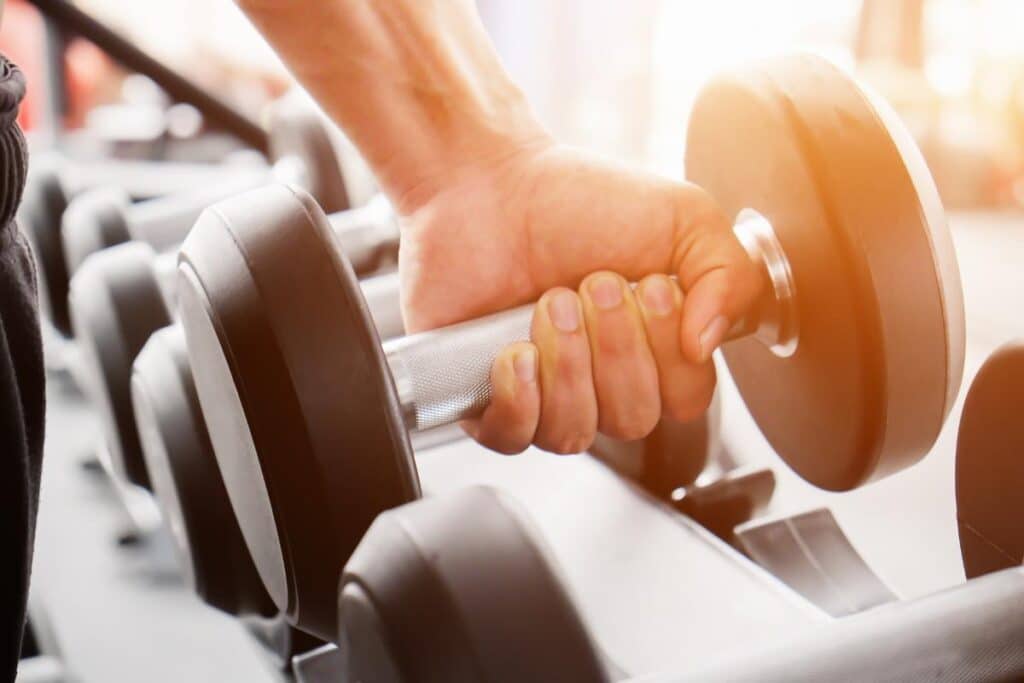Agility is a crucial component of overall fitness, encompassing the ability to move quickly and change direction with ease. While often associated with athletes, agility is important for everyone, contributing to better coordination, injury prevention, and enhanced performance in daily activities. This guide focuses on how to improve agility through isolation lifts, detailing the most effective exercises and the muscles crucial for agility.
The Importance of Agility in Health and Fitness
Improving agility is not just for sports professionals; it’s essential for everyone. Agility training enhances coordination, speeds up reaction times, and improves balance. It also reduces the risk of injuries by training the body to control and stabilize movements efficiently.
Understanding Isolation Lifts
Isolation lifts are exercises that target a specific muscle group, unlike compound movements that work multiple muscle groups simultaneously. These exercises are beneficial for strengthening individual muscles that play a vital role in agility.
Key Muscles for Agility
To improve agility, focus on strengthening the following muscles:
- Hamstrings: Essential for sprinting and quick changes in direction.
- Quadriceps: Vital for explosive movements and knee stability.
- Calves: Crucial for jumping and rapid foot movements.
- Hip Flexors: Important for high knee lifts and stride frequency.
- Glutes: Provide power for jumps and directional changes.
- Core Muscles: The foundation for balance and coordination.
Best Isolation Lifts for Agility
- Leg Extensions (Quadriceps): Enhances knee extension, crucial for sprinting and jumping.
- Hamstring Curls: Strengthens hamstrings, improving running efficiency and deceleration.
- Calf Raises: Builds calf strength, essential for agility in maneuvers requiring footwork.
- Hip Abductor and Adductor Machine: Strengthens hip muscles, vital for lateral movements.
- Glute Bridge: Targets the glutes, enhancing power in jumps and sprints.
- Russian Twists (Core): Improves core stability, which is fundamental for overall agility.
Incorporating Isolation Lifts into Your Routine
- Consistency: Regularly include these isolation exercises in your workout routine for the best results.
- Progressive Overload: Gradually increase the weight or reps to continually challenge your muscles.
- Balance with Compound Exercises: While focusing on isolation lifts, don’t neglect compound movements that also contribute to overall strength and agility.
Agility Drills and Training
Complement isolation lifts with agility-specific drills like ladder drills, cone drills, and plyometrics. These exercises simulate real-life movement patterns and enhance your agility training.
The Role of Flexibility and Mobility
Flexibility and mobility exercises are crucial for agility. Include dynamic stretching and mobility work to improve range of motion, allowing for more fluid and agile movements.
Nutrition and Recovery
- Proper Nutrition: A balanced diet supports muscle recovery and growth. Ensure adequate protein intake for muscle repair.
- Adequate Rest: Allow sufficient rest between workouts for muscle recovery, which is essential for improving agility.
Monitoring Progress and Adjusting Training
Regularly assess your agility through drills and exercises. Track improvements and adjust your training plan to address any weaknesses or imbalances.
Conclusion
To improve agility through isolation lifts, it’s crucial to focus on specific muscle groups that contribute to agile movements. Incorporating these exercises into a well-rounded fitness routine, along with agility drills, flexibility, and proper nutrition, can significantly enhance your agility, leading to better health and fitness.
Key Takeaways
- Isolation lifts can effectively improve agility by targeting key muscle groups.
- Focus on exercises for the hamstrings, quadriceps, calves, hip flexors, glutes, and core.
- Balance isolation exercises with overall agility training and compound movements.
- Flexibility, mobility, nutrition, and recovery are essential components of an agility-focused fitness regimen.




